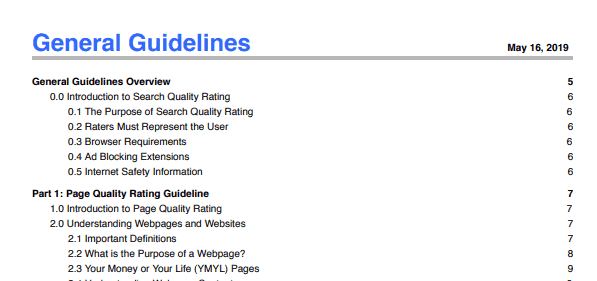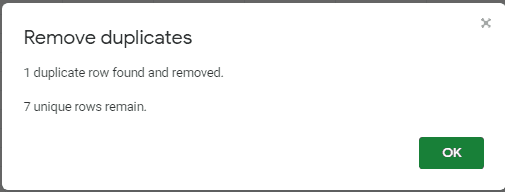LivingOffCloud SEO & Affiliate Marketing News Roundup📰: May, 2019
Welcome to my new post about interesting topics in the SEO and niche/affiliate marketer blogs and forums I read about this month 🎉
In this round-up, we will talk about:
👉🏻 the changes in the Search Quality Raters guidelines that give us an idea of what Google wants to see from the websites in terms of the content and quality
👉🏻 an awesome case study making it easier to understand how Google ranks websites
👉🏻 a good guide that helps you to become a smarter marketer
Then, we will go over a killer interview with a killer online entrepreneur who’s, well, killing it 🤣🤣🤣 It’s full of great practical hands-on tips and even debunks a couple of the common believes about digital marketing 👍🏻
And finally, we will switch to tooling 🛠 We will check out:
👉🏻 a nice WordPress plugin that can help you to achieve better visibility in Google search (according to the case study we’ll talk at the beginning)
👉🏻 two new helpful features in Google Spreadsheets.
Google updates the Search Quality Raters Guidelines 📝
👉🏻👉🏻👉🏻 thesempost.com/google-updates-quality-rater-guidelines/
In May, Google updated its Search Quality Raters Guidelines, only 10 months after releasing the previous version.
You probably already know that the Search Quality Raters Guidelines is a document that is used by Google search quality raters👩🏻⚖️👨🏻⚖️ These are contractors employed by Google all over the world to evaluate the search results.
While the raters cannot alter the Google results directly, the data they gather is used by Google to improve the search algorithm. The raters use this guide for evaluating websites they see in the search results.
For many, reading this document is like getting a glimpse into the Google ranking algorithm 🕵🏻♀️ That’s why when the document changes, it’s a big deal in the SEO world.
The post above goes through all the changes in the Guidelines and discusses them in depth.
Here are my main takeaways from it:
👉🏻 Google is moving away from the term E-A-T (Expertise, Authority, and Trust) towards a more generic term “page quality”
👉🏻 Authors who write for non-YMYL (Your Money Or Your Life) sites (it’s mostly medical, health, and finance websites) do not have to prove they have specific expertise as long as the author “is doing no harm.” For example, if you write about home decor, you do not need to prove you have a Ph.D. in interior design 🤣🤣🤣
👉🏻 It seems that Google starts disliking obtrusive uses of interstitials (pop-up forms), especially on mobile. If you use pop-ups that make it harder for the user to read or navigate your website, you should fix it since it may negatively affect your ranking.
Knowing how Google evaluates the quality of websites is great but it’s not enough to improve rankings. The next item on our roundup list covers other important aspects of it.
1.1 million search results analyzed: What can it teach us? 👩🏻🏫
👉🏻👉🏻👉🏻 authorityhacker.com/million-serps-analyzed
In this case study, AuthoryHacker guys built a custom crawler to analyze 1.1 million search results 🤯 and share the findings with their readers.
The post presents 15 interesting takeaways on how Google ranking algorithm seems to work. Here are just a few of them:
👉🏻 the growing importance of featured snippets
👉🏻 backlinks and keywords still matter a lot – and with keywords, the results may surprise you!
👉🏻 debunking some popular SEO myths
👉🏻 whether the URL length affects the ranking
Also, if you are wondering whether having embedded videos helps with ranking, what SERP the most SEO competition happens for these days, or whether you should invest into schema mark-up, you will the answers in the post 👍🏻
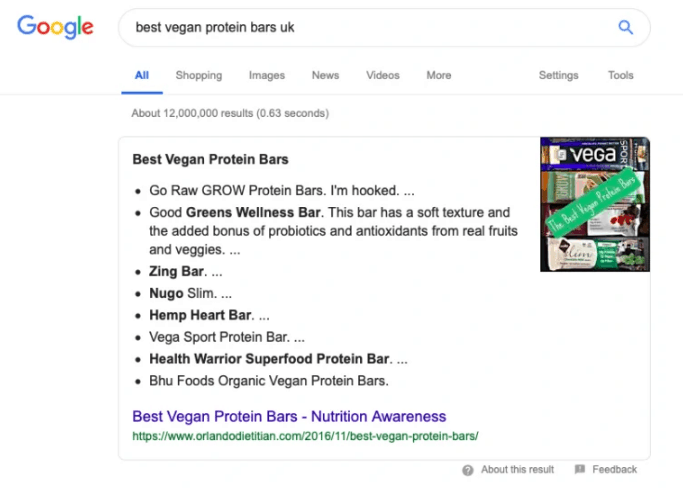
Image via authorityhacker.com
The authors also explain possible reasons why some of the common beliefs are wrong and how they tried to avoid making mistakes other researches might be making.
Data case studies such this one are one of the case study posts I like the most 🤗 No fluff, only proven data, and conclusions you can rely on (well, of course, if it’s produced by a reputable source) 👩🏻🔬
From my point of view, it’s extremely important to read such [well-done] studies because it helps you to be up-to-date with what’s working and what isn’t in the current SEO environment.
You can also listen to a podcast episode where Mark and Gael discuss the results:
5 time-tested ways to becoming the smartest marketer in your niche 🤪
👉🏻👉🏻👉🏻 nichehacks.com/smarter-marketer
When creating a website in a particular niche, how do you achieve expertise in this niche? 🤔 How do you make your readers to act by provoking their emotions? How do you find out what pain points your readers have?
You can find the answers to all these questions and some others in this good guide written by NicheHacks 🧾
While some stuff they talk about may seem a bit obvious, you can still find a couple of nuggets 💛 that you did not think of before (I did for sure). I think the most useful parts of the guide are about how to become an expert in your niche in a reasonable amount of time and how to use your readers’ emotions to your advantage.
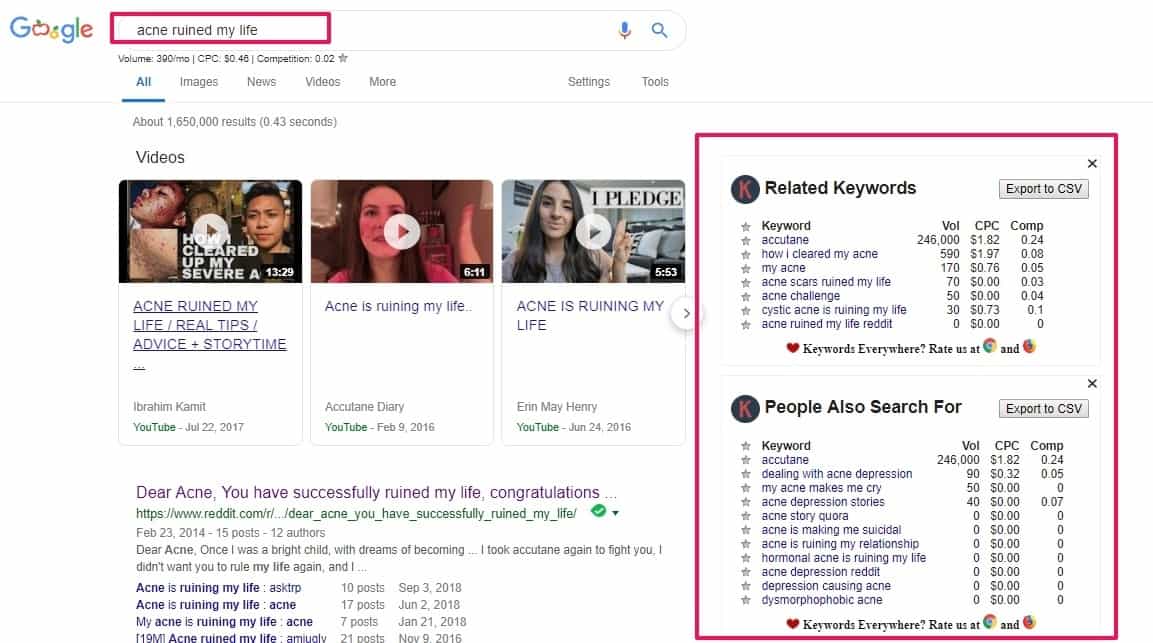
Image via nichehacks.com
Now, let’s see how one niche website master pulls it all together to make a fat handsome check 💰 every month.
How to make over $40k per month mostly with display ads and info-content 🤯
👉🏻👉🏻👉🏻 nichepursuits.com/podcast-145-jon-dykstra @fatstacksblog, @NichePursuits
This is a great interview of a very successful online entrepreneur 🦸♂️ who shares some of his tricks about how he builds and monetizes websites. As I already mentioned in the title, Jon makes $40K a month with display ads 🤯 That’s a lot considering that nowadays, internet users are reluctant to click on display ads 😒
Here are my major takeaways from the interview:
👉🏻 it’s still possible to do good money with display ads (if you have traffic, of course)
👉🏻 the biggest money-making website Jon owns is not narrow focused – on the opposite, it covers multiple topics; the catch here is that these topics go really in depth and offer personal bits of experience
👉🏻 it usually takes you several websites to build and burn through to become that successful
👉🏻 pivoting and adapting is very important
Also, Jon talks about how he intentionally does not do link building 😮😮😮 instead, his content strategy is built in such a way that attracts natural links 😋 He gives very good tips about this!
At the beginning of the post, we read about new website quality changes where Google makes more and more emphasis on the author authority across all niches. In light of this, Jon’s approach to the content will be making more and more sense 🌟
And now, let’s switch to tooling 🛠 and see what’s new and cool here. For example, this free plugin from Mediavine for schema mark-up seems to be exactly what you need regardless of the niche you are in 👍🏻
A featured snippet generated from the ‘How To’ schema mark up
👉🏻👉🏻👉🏻 wordpress.org/plugins/mediavine-create
I stumbled upon in the closed FB group by AuthorityHacker.
The plugin is developed by an ad company Mediavine and allows you to craft multiple multiple Google Schema.org types such as:
👉🏻 Recipes 🤗
👉🏻 How-to guides and craft instructions 🤗🤗
👉🏻 User reviews 🤗🤗🤗
👉🏻 Lists and round-ups 🤗🤗🤗🤗
Whatever niche you are targeting with your website(s), I am pretty sure the plugin will be useful for you. Who does not have how-to guides, lists, and round-ups, right? 😊
In order to use the plugin with external links (that are not coming from your website), you need to register a free account.
You can validate your schema against Google’s structured data testing utility right from the plugin.
To get a better feeling of the plugin, check out this intro video:
And now the last but not the least: Two new features in Google Spreadsheets 🎉
New features in Google Spreadsheets 🎉
I bet Google Spreadsheets is one of the main tools for you (as it is for me.) After all, where do we keep all the keywords? A list of competitors? Emails for outreaches? It’s all there, right!
It’s already full of features and recently, it got two new ones:
👍🏻 remove duplicates
👍🏻 trim whitespace
You can find them in the Data menu: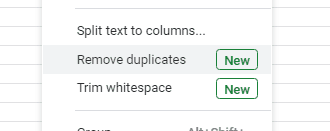
When you need to clean your data, these features can come very handy!
For the Remove duplicates feature, you need to select a cell in a column where you want duplicated to be removed from:

For trimming whitespace, you need to select the cells where you want the data to be cleaned. After you do trimming, you will get a pop-up confirmation:
😘😘😘
Don’t miss a post – subscribe to my newsletters!
Disclaimer: Some of the links in this post are affiliate links. I will receive a small fee if you choose to buy after clicking on any of these links. Thank you if you do! 🤗

